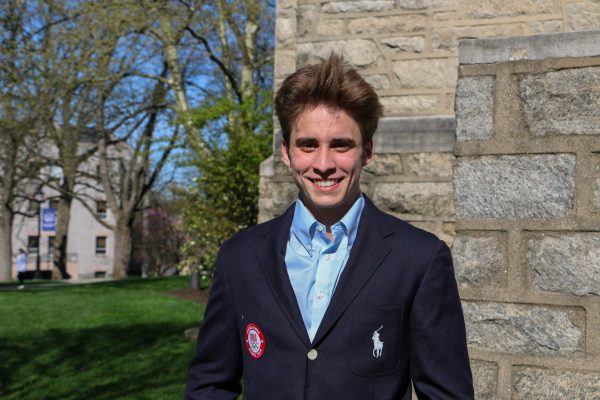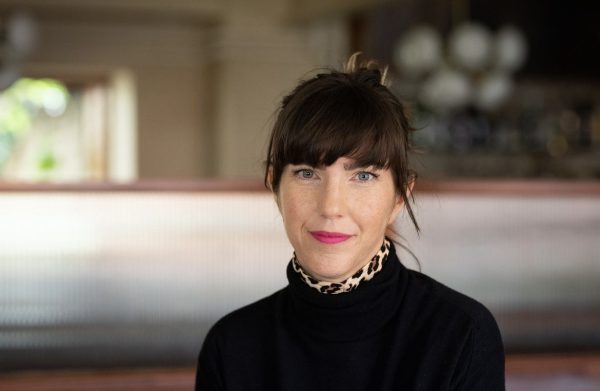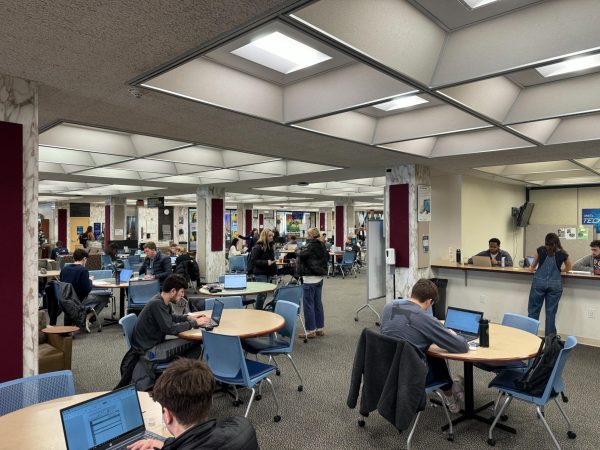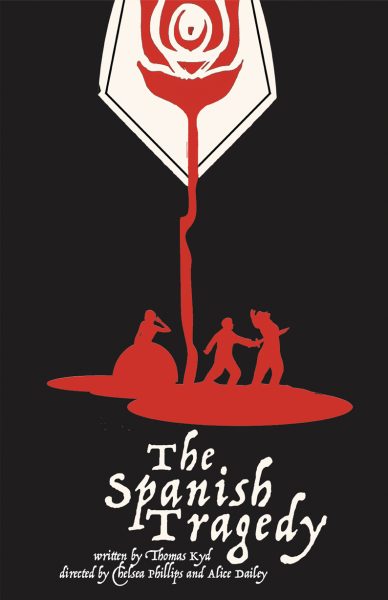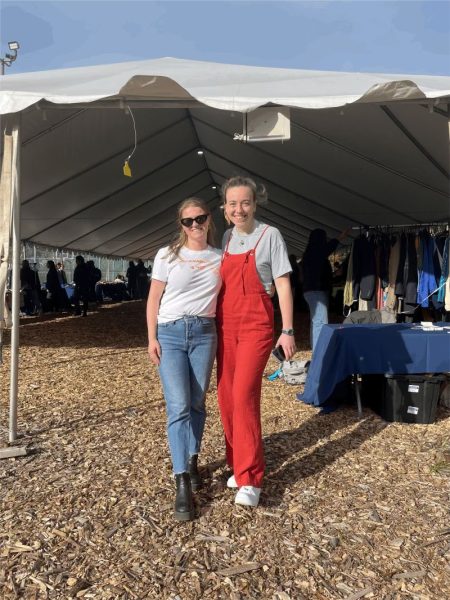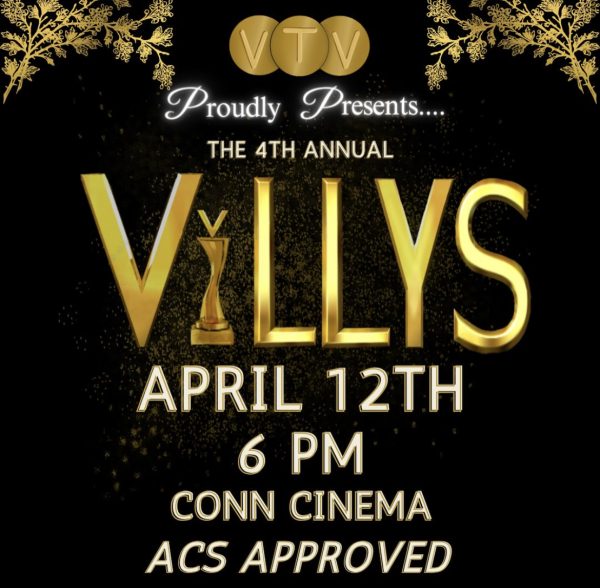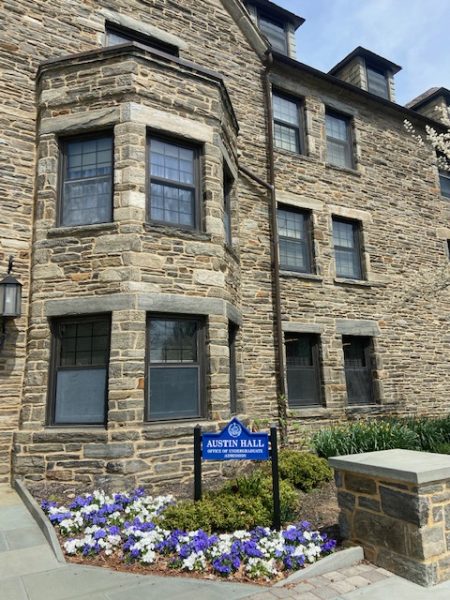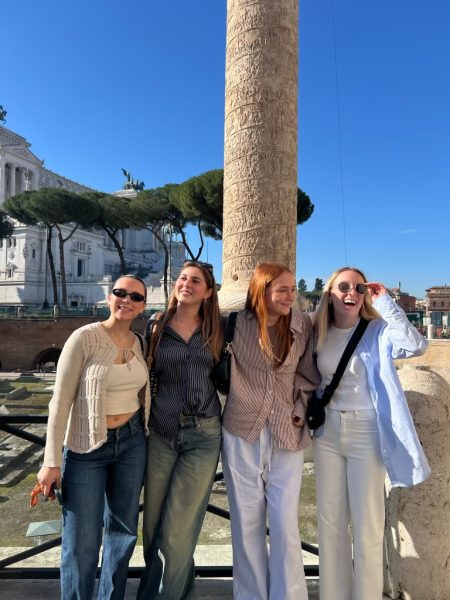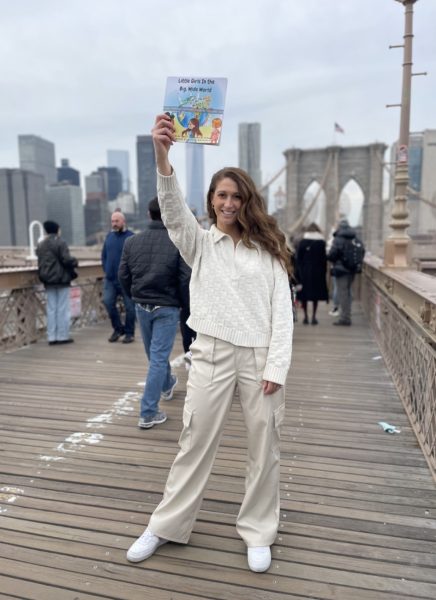Connelly Center reveals first joint art exhibit featuring Russian siblings
October 23, 2014
In the early summer of 1941, the Soviet city of Minsk was razed to the ground. Utterly destroyed by the purges, bombings and chaos of WWII, Minsk was left with a grand total of 18 buildings. The horrific reign of Stalin had turned this northern area of what is now Belarus into a cold, desolate and crumbling wasteland. Families of eight were huddled together in roofless houses, forced to wake up before the sun had risen and struggling to get by on the government-allotted rations of food.
But amidst the ruin, a seed was planted. Within the sheltering walls of the newly constructed “Palace of Pioneers,” sister and brother Tamara and Vladimir Adashkavich discovered art.
“The options for some growth were very insignificant,” Vladimir said, who, along with his sister, was born in Belarus in the early ‘40s.
Two out of an original five children in their family to survive, the siblings’ earliest experiences took place amidst the horrors of war. But they were also witness to the restoration as it occurred, piece-by-piece.
“They constructed, in the beginning of the ‘60s, a place in the city called the Palace of Pioneers, ‘Pioneers’ being the equivalent of American [Boy] Scouts,” Vladimir recalls. “Kids who did pretty well in school during the daytime were eligible to go to this Palace of Scouts and find an occupation according to their desire. So both my sister and I, we went to the art studio. That’s how it started. It was a little relief.”
The upcoming Villanova Art Gallery exhibit “Vladimir and Tamara: Together Again,” is a compilation of many works created by the two Belarusians. The paintings to be displayed were all created later in the artists’ lives, as age gifted them the time and opportunity to pursue their passions; but they credit their artistic inclination to the experiences gleaned as children in Belarus.
At the Palace, Vladimir and Tamara were given both a chance to express their creativity and a chance to leave behind—if only for a while—the misery of their every day lives.
“Going to the art studio was an escape from our hungry and cold existence. It was a nice, clean, illuminated room, and the teacher, who was a very caring person, was very knowledgeable,” Vladimir said.
Growing up in a modern and affluent economy, far from war- and poverty-stricken regions frustrated by a communist regime many of us, as kids, were no strangers to the concept of arts and crafts. It seemed a natural part of elementary schooling—to toy around with Elmer’s glue and stencil kits and finger paint under the watchful eye of a teacher. But for Vladimir and Tamara, the opportunity for creative expression was a luxury not to be taken for granted. Even childhood itself, with its team sports, its Barbie dolls and toy Jeeps and backyard swing sets and endless sunny days, would seem completely foreign to the Belarusians.
“We would help in the garden, help our parents, but our games were pretty simple… we would be in the street, playing soccer in the summer,” Vladimir said. “But we did not have a ball, it was like a pillowcase packed with pieces of rags. [That] was our ball. And kicking the thing around the street, it was our entertainment.”
Then, the Palace appeared. Vladimir is careful to convey that the process of accessing its benefits was still far from easy—common obstacles presented by poverty and geography were a given. But he also ensures that we understand why the rewards of the journey outweighed the costs.
“Once again, we had to walk, maybe three miles in order to get to this place,” Vladimir said. “[But] it was our chance to do something, our chance to be in a nice-looking building, not our rugged and cold place, and to be in the light, and see other kids, and make drawings. Because back home we did not have any chances to do this.”
It sounds like something out of a novel, depressing, tinged with melancholy, but distant and untouchable, like the shadow cast on a hillside by a passing cloud. Yet it was all too real for these budding artists—not that they always saw themselves as artists. When asked why, upon entering the Palace, they were drawn (no pun intended), to the occupation of art.
Vladimir states frankly, “So many kids in the early years, they like to draw. It’s like a natural inclination for people to draw and paint, and we had the same inclination.”
His words ring true. There’s a strangely magnetic attraction between children and art—maybe it’s the empowerment of creation, the physical manifestation of childhood imagination, or maybe it’s just the bright colors. But regardless of skill, kids and art go together.
With the Adashkavich siblings, however, their relationship with art bore far more significance.
“I believe at this age, we just developed love for this, because we tried something, and [succeeded],” Vladimir says, musing on why painting and drawing began to, and continues to, play such a prominent role in their lives.
Their instructor would take his pupils around the city and countryside, searching for inspiration—and indulging the childlike need for exploration. During the summer they would travel to the lakes and rivers of Belarus under the guidance of the program. Drudgery is foregone in favor of fond remembrance as Vladimir recalls waking up at 5 a.m., to paint the sunrise. At night, bonfires were held at which the teacher would present students’ works for careful examination.
Vladimir said “He would make critiques of it…what was good, what was great; it was a very, very useful educational thing.
“And besides, our parents could not afford to send us somewhere [like] a camp for the summer. So going with an art studio was also our summer vacation. I guess it played a decisive role.”
Art, was indeed, the highlight of their childhoods, as Vladimir concedes thoughtfully that “I believe in our subconscious, a deep impression was made by this, and it was sitting there all [our lives].”
By the mid-’60s and ‘70s, conditions in Belarus and the rest of the USSR began to improve. Vladimir and Tamara left behind the childhood safety blanket that art had provided them to undertake more lucrative careers. They both went on to pursue higher education at the Belorussian Polytechnic Institute; Tamara in Civil Engineering and Vladimir in Thermophysics and Thermodynamics, which, Vladimir says, “was tough.” These appear oddly technical professions for two seemingly right-brained individuals. However, under the conditions, they had little choice.
“We followed the advice of the people around us, and they said, ‘the career of art, it is not reliable,” Vladimir explains. “There is no application of this and you need to get a profession which will bring stable income.’
“At this time, we could not argue. Now, in 2014, when you have media, if you need advice, you can find everything you need. In the 1950’s when everything is in ruin, and you just have your mother, father and the [occasional] aunt and uncle around as the only source of information—their information, based on their living experience, which is far away from [your] dreams—we had to accept the reality.”
The burgeoning reality of the Adashkavich siblings was a positive one, bringing them considerable success in their respective fields. Both of them continued to dabble in visual arts as a hobby, maintaining contacts within the art school and assisting their friends whenever asked for help with ceramics, sculpture or painting, although “My art,” Vladimir iterates, “is just for fun.”
In 1992, Vladimir came to America as a curator for an exhibit of works by Belarusian artists. The exhibit left, but Vladimir stayed, enchanted by the Augustinian culture of learning.
“My curiosity is still alive and demands something new,” he says. “In this way the Augustinian model is really good for me. I just fall in the right place.”
Vladimir earned a MBA and continued his education, taking refresher classes in French and Italian. He was also introduced to one of his newly preferred art forms, iconography. Gold leaf, which gives iconographic images their seminal shimmering geometry, is very expensive and tedious to work with—it requires patience. Never having used gold leaf or egg tempura before, his continuing thirst for knowledge and a challenge drove Vladimir towards exploration of this unusual art form.
However, this isn’t the only style by which the Belarusian expresses his creativity. He is first and foremost an avid painter, depicting colorful scenes based on his extensive travels and his foray into the world of scuba diving. An interesting point to note in the works of Vladimir Adashkavich is his use of color, which is of the utmost importance to him.
“I am very sensitive to colors,” he says. “For me, combination of colors can give me deep joy or depress me enormously.”
To exemplify this sensitivity, Vladimir tells a brief anecdote about abstract paintings he had been arranging for a show at the Villanova gallery. He had to look at them many times, and “the paintings were filled with broken lines in brown and black.” Vladimir got the sense that the artist’s psyche was a dark place, and the extensive use of these dismal hues literally made the Belarusian sick.
“After the installation of the show I was sick and depressed for three days,” he confesses. “So these dark colors, they affect me in a very negative way. When I see paintings in joyful colors, even without the subject matter, the combination of the colors can send you a very positive impulse. That’s why I like to use nice, clear colors—I avoid dark [ones].”
His sister is of a similar mindset. Much like Vladimir, Tamara maintained her art school contacts during her time at the Polytechnic Institute. She was equally ambitious in her career and pursuit of knowledge, at one point teaching, among other things, economics. But according to her brother, Tamara too “was driven to return and to grab brushes and to paint again.” Her inspiration was and is Mother Nature, and she strives to express her love for such beauty in her paintings.
Tamara still lives in Belarus, in the dacha, or summer cottage, to which she retired 18 years ago. At one point she played both balalaika and guitar for her school orchestras, but she rarely touches the instruments now. Her main love is gardening, and if inspiration should happen to strike her as she’s tending the flowers, the easel is but a hop, skip and a jump away.
Despite their progress, or due to it, neither of the siblings can forget the deep roots that art has in their childhoods, planted decades ago. Tamara can still recall the first time she was truly proud of a piece she had created:
“She and a friend of hers used to go to the outskirts of the city. There was a valley with a river flowing through it, and a bridge for a train [that spanned] the river. Tamara went there with her friends and they were painting, and she realized oh, this is a pretty good painting. And she thought, ‘Oh! I did it!’”
This delight, this first pure exaltation upon revelation of one’s own gifts, is something so integral to childhood. And due to a combination of good fortune and perseverance, it was not lost on the Adashkaviches. Both Vladimir and Tamara hope that, through their art, observers may too get that sense of joy. For them, art is the encapsulation of all that is right with the world, a saving grace and a blissful escape. Even the music to which Vladimir listens while he paints is consistent with such an image—“Dixieland!” he says. “Because Dixieland is my favorite style. It is joyful, it makes me smile.”
“Vladimir and Tamara: Together Again,” opened Oct. 16 in the Art Gallery, located on the second floor of the Connelly Center. It will run until Dec. 4, with a free public reception to meet the artists on Friday, Oct. 24 from 5-7 p.m. Students are more than welcome and are encouraged to come check out the works of two very talented and storied artists. If nothing else, the exhibit offers a brief respite from the freneticism of daily life. Escape into the sweeping cityscapes or the countryside of Belarus, which is, to put it in the words of Vladimir, “nothing striking…just adorable!” And maybe through this exhibition, observers can learn something they never knew before—be it about art or themselves.
“Any education is good,” Vladimir says, “Whether you use it in your life or not. Art is the same thing—it is education that gives you pleasure.”


